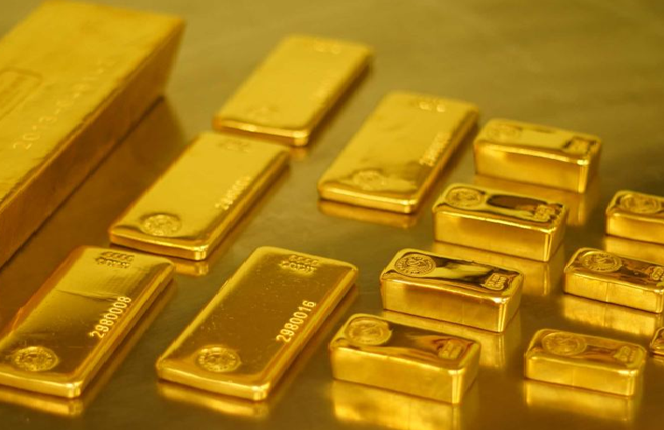Factors That Affect The Price Of Gold
During the third millennia Before Christ, Egyptians were the first that smoldered gold.
Since the eerily days, people were fascinated by gold and the main thing that drove the value of it is the pure desire to own it. That created gold rushes and even wars. For instance, King Ferdinand of Spain declared that getting gold is the first thing that they should do.
Today, most people are seeking for gold due to its stable features for investment purposes and jewelry market as well. It is also common for various medical and electronic devices. However, the question is what drives the gold bullion price in overall.
Central Bank Reserves
The primary goal of central banks is to hold gold and paper currencies in reserve. However, after the World Gold Council decided that central banks should start buying more gold than selling, which is the first time it happened for years, the value increased in overall.
Central banks have to diversify their monetary reserves away from paper currencies, and that is why they accumulated the vast stocks of gold, which increased its overall price.
Numerous counties all across the globe are buying and stocking golden reserves including France, Italy, Germany, Greece, United States and many more.
U.S. Dollar
Remember that the price of gold depends on the value of the U.S. dollar, and the stronger dollar is, the amount of gold is more controlled and lower and vice versa. Therefore, we can say that a weak dollar can drive the price of gold.
This particular situation happens because people tend to trade and invest in dollars when it becomes firm. However, if the times become uncertain, and dollars get to a weak phase, the people choose to spend in gold instead through gold coins or funds.
How To Determine The Gold Value?
- Worldwide Industrial and Jewelry Demand – According to statistics, during 2010, jewelry required 55% percent of gold demand. Since the United States, China and India are the most significant consumers of gold in the form of jewelry; the volume is increasing as the years go by. For instance, consumer demand in China during the first two months in 2011 reached 200 tons, which was a significant increase when compared with 2010. 12% of overall demand goes to industrial and medical uses for gold, where manufacturers are using it for making medical devices as well as precision electronics. The basic theory of supply and demand affects the price of gold, since the demand increase, and supply is limited.
- Wealth Protection – We have mentioned above that during the times of economic problems and uncertainty, which happened in the late 2000s, more people are turning to gold because it comes with a value that endures all times and changes. Gold is considered as the safest bet that you can make on the market especially during the uncertain times such as wars and natural devastations. When the real estate fall, returns on bond equities will reduce, and interest in gold investing will increase as a result which will drive its overall price. You can use gold as a hedge against deflation, inflation and currency devaluation. Apart from that, gold is perfect protection against geopolitical instability, and the recent thing that happened in the Middle East and North Africa increased the value of gold and brought it to new heights.
- Annual Production – The most prominent gold mines come from the United States, South Africa, China, Russian Federation Australia and Peru. The yearly production affects the price of gold as well apart from supply and demand. Since the gold mine production increased for three percent in 2010, GFMS (click here to learn more about it) stated that the large-scale mines started operating at peak. However, another factor is that all easy gold has been mined, which means that miners have to dig deeper and spend more money on technology so that they can get the same amount as before. The fact is that gold is challenging to access and miners are exposed to various hazards that could happen. In overall, production companies have to spend more to get less gold than before, and if we include the expenses of a gold mine, a production that creates a significant price tag that gold has nowadays.


Comments are closed.